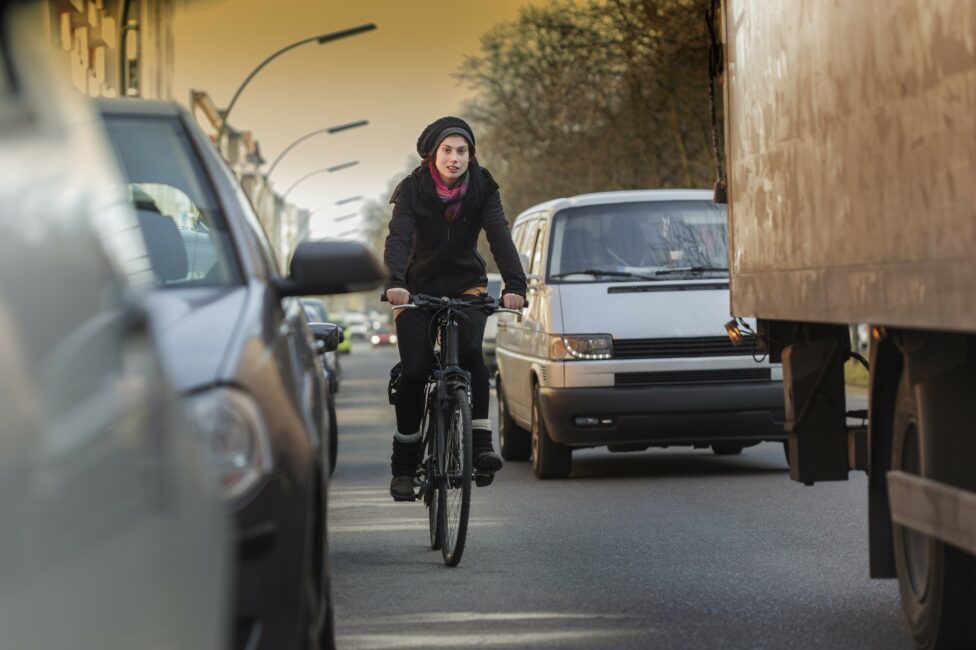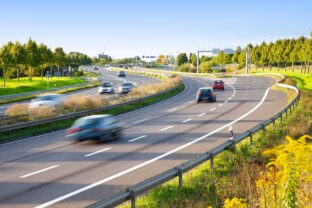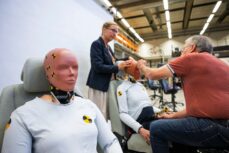Looking ahead at ways to avoid accidents between autonomous cars and cyclists

While it can already be dangerous for cyclists to ride on roads surrounded by motorists who aren’t necessarily all vigilant, what will happen in the future when they have self-driving cars to contend with? These vehicles will have to learn to understand the behavior of cyclists to ensure the safety of all. This is what research carried out by specialists in human-computer interactions at the University of Glasgow has demonstrated, by studying the behavior of cyclists on the roads of the United Kingdom.
This research suggests, for example, that autonomous vehicles could communicate with other road users via signals displayed externally, like LEDs placed on the edges of cars that could warn other road users of a lane change, rapid acceleration or sudden braking.
Otherwise, in the future, cyclists could be equipped with smart glasses displaying information about the intentions of autonomous vehicles. These glasses would allow cars to communicate with nearby cyclists, possibly in the form of augmented reality markings or even vibrations alerting riders to danger.
To come up with these proposals, the researchers conducted two observational studies of road traffic in and around the city of Glasgow to learn more about how road users interact with each other. They observed 414 separate interactions between cyclists and motorists at five intersections in the city during busy morning and late afternoon periods. In a second phase, they equipped 12 volunteer cyclists with eye-tracking glasses and head-mounted video cameras to observe what they were primarily looking at when in the vicinity of vehicles.
Of course, this study has its limitations, especially since it only concerns British road users. It goes without saying that in Germany, Italy, the United States, Japan or France, behaviors can be slightly different. Nevertheless, it shows the need to study these behaviors to better understand what the relationship between humans and machines on the road could look like in the era of autonomous vehicles.














